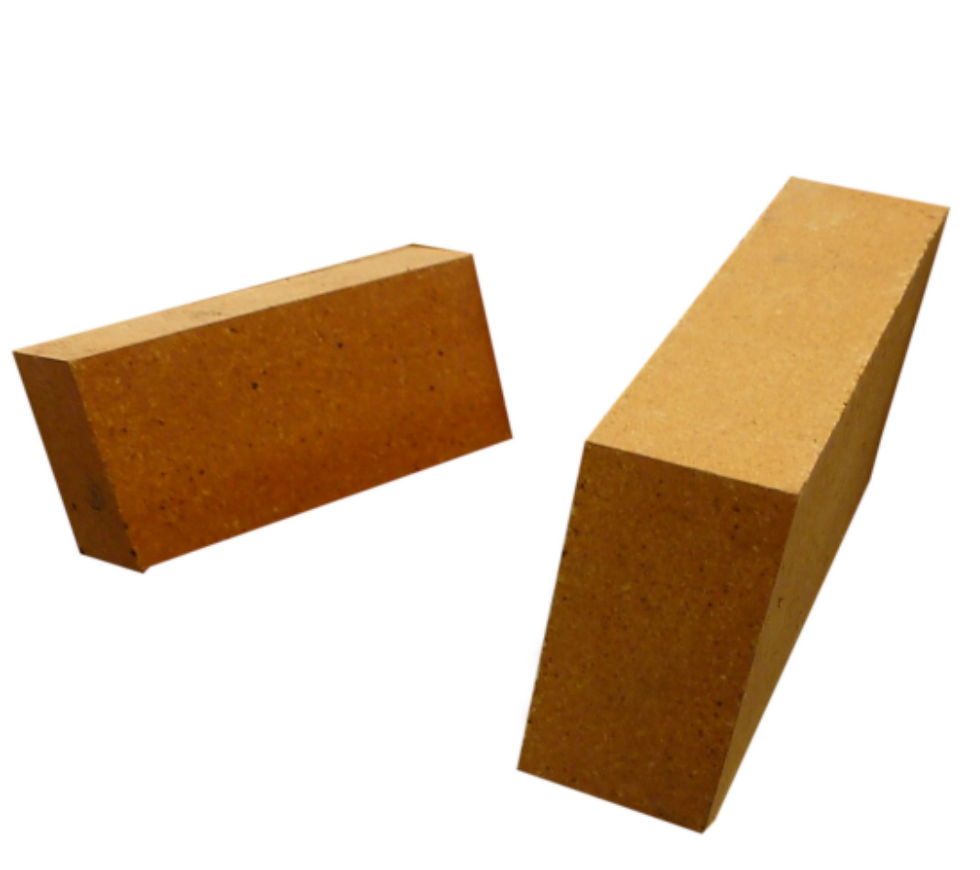Buy good quality Fused silica at low price Wedge India for various applications and sizes. Fused silica also known as fused quartz, is prized for its exceptional properties, including high purity, thermal stability, and optical clarity. These characteristics make it suitable for a wide range of applications across various industries.
Technical Properties of Fused Silica
1. Chemical Composition: Pure silicon dioxide (SiO₂).
2. Physical Characteristics: Extremely low thermal expansion coefficient.
• High melting point (approximately 1,713°C or 3,115°F).
• High thermal shock resistance.
• Transparent to ultraviolet, visible, and near-infrared light.
3. Optical Properties: High transmission of UV light, making it suitable for UV optics.
• Low refractive index (about 1.46 at 587.6 nm).
• Very low birefringence.
4. Mechanical Properties: High hardness (5.5-6.5 on the Mohs scale).
• High resistance to scratching and abrasion.
• Good dimensional stability.
5. Chemical Resistance: Highly resistant to chemical attack.
• Insoluble in water and most acids (except hydrofluoric acid).
• Resistant to weathering.
Applications of Fused Silica
Glass Manufacturing:
• Furnace Linings: Used in the linings of glass melting furnaces due to its ability to withstand high temperatures and thermal shock.
• Forehearths and Feeders: Employed in forehearths and feeders where molten glass is conditioned before forming.
Foundry:
• Investment Casting Molds: Fused silica is used to make molds for precision investment casting due to its low thermal expansion and high accuracy.
• Core and Mold Production: Provides high dimensional stability and smooth surface finish for casting complex shapes.
Metallurgy:
• Induction Furnace Linings: Utilized in induction furnaces for melting and holding metals due to its resistance to thermal shock and chemical attack.
• Crucibles and Ladles: Ideal for handling molten metals in foundries and metallurgical operations.
Cermics Industry:
• Kiln Furniture: Used to make kiln furniture such as supports, beams, and setters that hold ceramic items during firing.
• Thermal Barrier Coatings: Applied as coatings to protect ceramic components from thermal stress and chemical attack.
Semiconductor Industry
• Photomasks and Substrates: Essential in the photolithography process for semiconductor manufacturing.
• Furnace Tubes and Chambers: Used in the production of semiconductor wafers where high thermal stability and purity are critical.
• Quartz Wafer Carriers and Boats: Support and transport wafers through various manufacturing processes.
Laboratory Equipment
• Crucibles and Beakers: Used for high-temperature experiments and chemical reactions due to their resistance to thermal shock and chemical attack.
• Optical Cells and Cuvettes: Employed in spectrophotometry and other analytical techniques for their optical clarity.
Aerospace and Defense
• Thermal Protection Systems: Used in spacecraft and satellite components to protect against extreme temperatures.
• Optical Systems: Employed in satellite imaging, targeting systems, and other high-precision military applications.
Lighting
• High-Intensity Discharge (HID) Lamps: Utilized in automotive headlights, street lighting, and industrial lighting for their durability and performance.
• Ultraviolet (UV) Lamps: Used in water purification, sterilization, and photolithography due to their high UV transmission
Benefits of Using Fused Silica
• High Purity: Low levels of impurities make it suitable for applications requiring high precision and performance.
• Thermal Stability: Can withstand extreme temperatures without deforming or cracking.
• Optical Clarity: Excellent transparency in the UV, visible, and near-infrared spectra, making it ideal for optical applications.
• Chemical Resistance: Resistant to most chemicals, making it durable in harsh environments.
• Mechanical Strength: High hardness and resistance to abrasion and scratching.
Fused silica’s unique combination of properties makes it indispensable in a wide range of high-performance applications across various industries. Its continued development and utilization are critical to advancements in technology and science.
Fused Silica
Get Quote / Price
At Wedge India we offer wide range of Fused Silica with MOQ FCL Basis Prices.
FUSED SILICA 0.2-0.5 MM (30-80 MESH) Refractory
FUSED SILICA 10-20 MESH
FUSED SILICA 120 MESH
FUSED SILICA 200 MESH
FUSED SILICA 30-50MESH
FUSED SILICA 325MESH
FUSED SILICA 5 MICRON
FUSED SILICA 50-100 MESH
FUSED SILICA 80-120 MESHGet Technical Data Sheet / Catalog
At Wedge we manufacture and supply good quality wide range of Fused Silica Products from India, and China. Learn more about Fused Silica products and get Technical Datasheet and Brochure click the link below:
Technical Specification of Fused Silica
SiO2 (%) > 99.9
Fe2O3 (%) < 0.02
Al2O3 (%) < 0.05
Na2O (%) < 0.01
K2O (%) < 0.01
CaO ( %) < 0.01
MgO (%) < 0.01
Magnetic(%) < 0.01
Moisture ( %) < 0.1
Specific Gravity (g/cm3) = 2.2
Hardness Mohs = 7
Thermal Expansion = 0.5*10-6Get Price
Click here to send enquiry and get best price for your location.
































